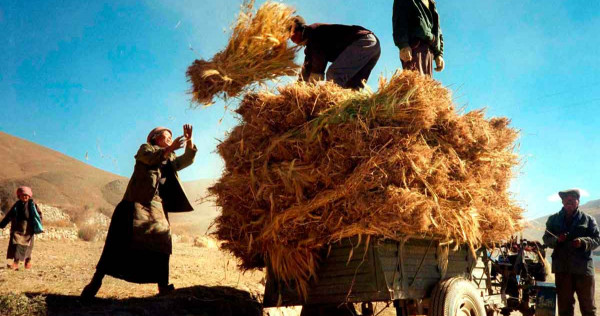Humans are not done evolving; we are continually adapting to our environment, and our bodies reflect these changes. One of the most remarkable examples of human adaptation is found on the Tibetan Plateau, where people thrive in low-oxygen conditions.
Challenges of High Altitude
Altitude sickness is a common issue for mountain climbers, caused by lower atmospheric pressure that reduces oxygen intake. However, communities on the Tibetan Plateau, which has significantly lower oxygen levels, have successfully adapted over thousands of years.
Adaptations to Hypoxia
For over 10,000 years, the inhabitants of this region have developed unique traits that help them cope with hypoxia, a condition where insufficient oxygen reaches the body’s tissues. According to anthropologist Cynthia Beall from Case Western Reserve University, this adaptation provides a clear example of human biological variation.
Study of Reproductive Success
Beall’s team studied the adaptations of Tibetan women, focusing on reproductive success as a key indicator of evolutionary fitness. Women who give birth to healthy babies pass on their traits, ensuring the survival of those traits in future generations.
The study examined 417 women aged 46 to 86 who have lived at altitudes above 3,500 meters (11,480 feet) in Nepal. Researchers measured various factors, including the number of live births (averaging 5.2 per woman), health metrics, and hemoglobin levels, the protein responsible for oxygen transport in the blood.
Key Findings
The results showed that women with the highest reproductive success had average hemoglobin levels but high oxygen saturation. This indicates that these women efficiently deliver oxygen to their tissues without increasing blood viscosity, which could strain the heart.
Beall emphasized that while lower hemoglobin levels were previously seen as beneficial, the study revealed that an intermediate level is optimal. Higher oxygen saturation in hemoglobin also correlates with better reproductive outcomes.
Additional Adaptations
Women who successfully gave birth also exhibited increased blood flow to the lungs and wider left ventricles in the heart, improving oxygen transport. Cultural factors, such as early reproduction and long marriages, also contribute to reproductive success.
Conclusion: Ongoing Natural Selection
This research highlights ongoing natural selection in action, showcasing how populations adapt to their environments. Understanding these adaptations not only informs us about human evolution but also provides insights into how we can better respond to environmental challenges.


